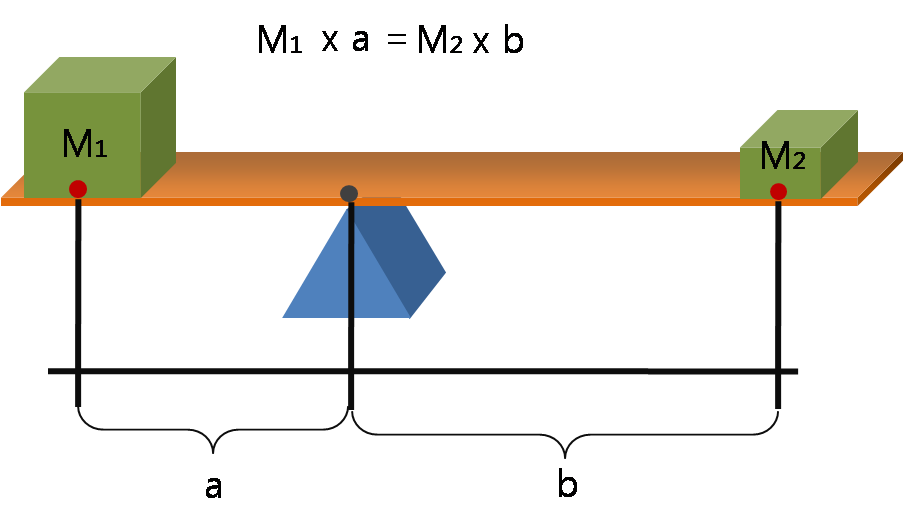|
Highfield Lever
A Highfield lever is a lever device which allows tension to be rapidly set up in a wire and equally rapidly released to the required extent. It is frequently used in sailing boats where tension in some part of the rigging needs to be adjusted to a pre-set amount as the wind impinges on one side of the sails or the other. It is typically used in running backstays (runners). To make it work in this application, the backstay is led through a block or fairlead along the deck to a two-legged, second order lever mounted with its fulcrum above deck level. The end of the runner is attached to a cross-member between the two legs and part way along the lever. When the lever is moved away from the fairlead, tension is placed on the runner on a line below the fulcrum so that the lever is pulled down onto the deck. When the tension is to be released, the lever is thrown towards the fairlead. When released, the amount of slack in the runner is therefore twice the distance of the attachment p ... [...More Info...] [...Related Items...] OR: [Wikipedia] [Google] [Baidu] |
Lever
A lever is a simple machine consisting of a beam or rigid rod pivoted at a fixed hinge, or '' fulcrum''. A lever is a rigid body capable of rotating on a point on itself. On the basis of the locations of fulcrum, load and effort, the lever is divided into three types. Also, leverage is mechanical advantage gained in a system. It is one of the six simple machines identified by Renaissance scientists. A lever amplifies an input force to provide a greater output force, which is said to provide leverage. The ratio of the output force to the input force is the mechanical advantage of the lever. As such, the lever is a mechanical advantage device, trading off force against movement. Etymology The word "lever" entered English around 1300 from Old French, in which the word was ''levier''. This sprang from the stem of the verb ''lever'', meaning "to raise". The verb, in turn, goes back to the Latin ''levare'', itself from the adjective ''levis'', meaning "light" (as in "not heavy") ... [...More Info...] [...Related Items...] OR: [Wikipedia] [Google] [Baidu] |
Running Backstay
Running backstays support the headstay in a fractionally rigged boat. A masthead rig has the advantage of not needing them. A running backstay runs from each lateral corner of the stern to the mast at the level where the forestay begins in the fractional rig. Together with other rigging, it supports the mast. Because they are attached low on the mast, they can present a significant problem in an accidental gybe, as the boom hits the stay, with the possibility of breaking the boom, mast, or both. During beating or reaching, the running backstay in windward side is in tension. The one in the leeward side is lazy. As the boat tacks they change over. Another function of the running backstay is to adjust the tension of the forestay to suit the sailing angle and sea condition. In general, during a hard beat when the boat sails very close to the wind, the running backstay is tightened to increase the tension of the forestay. The genoa is sheeted in. Under these conditions, the draft o ... [...More Info...] [...Related Items...] OR: [Wikipedia] [Google] [Baidu] |
Lever
A lever is a simple machine consisting of a beam or rigid rod pivoted at a fixed hinge, or '' fulcrum''. A lever is a rigid body capable of rotating on a point on itself. On the basis of the locations of fulcrum, load and effort, the lever is divided into three types. Also, leverage is mechanical advantage gained in a system. It is one of the six simple machines identified by Renaissance scientists. A lever amplifies an input force to provide a greater output force, which is said to provide leverage. The ratio of the output force to the input force is the mechanical advantage of the lever. As such, the lever is a mechanical advantage device, trading off force against movement. Etymology The word "lever" entered English around 1300 from Old French, in which the word was ''levier''. This sprang from the stem of the verb ''lever'', meaning "to raise". The verb, in turn, goes back to the Latin ''levare'', itself from the adjective ''levis'', meaning "light" (as in "not heavy") ... [...More Info...] [...Related Items...] OR: [Wikipedia] [Google] [Baidu] |

.png)